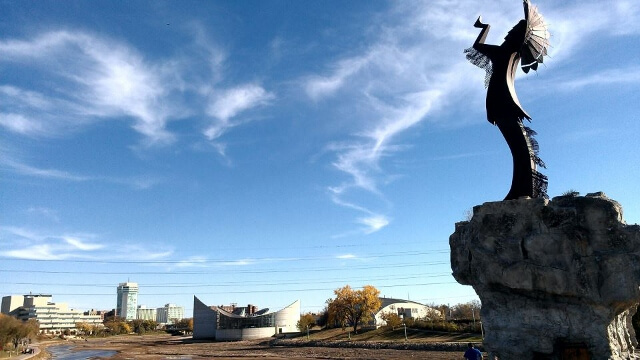It is always exciting when a little one joins the family. In the beef cattle business, calves are typically born during a planned calving season that occurs in the spring or the fall, said the experts at the Kansas State University Beef Cattle Institute.
Speaking on a recent Cattle Chat podcast, K-State beef cattle nutritionist Phillip Lancaster said the cow’s nutrient requirements change depending on the time of year she calves.
“A cow’s nutrient requirements peak around 60 days post-calving. So, cows that calve in September and October may need to be supplemented in the fall, whereas spring calving cows can get by with lower quality forages at this time of year,” Lancaster said.
He added that producers who calve in the fall need to plan for that additional cost to have cows in the appropriate body condition when they are being bred for the next season, which typically happens in December and January.
However, Lancaster also said that fall-calving cows often enter the calving season at a higher body condition score than spring-calving cows.
“Fall-calving cows that have access to high-quality forage in summer grazing pastures can be at a body condition score of six so after they are bred those cows can withstand some weight loss between breeding and summertime,” he said.
There is also an advantage for the calves born in the fall when they transition to early summer pastures with their mothers, according to Lancaster.
“If there is excess forage growth in May and June, that is a good opportunity for the fall-born calves to really grow during that time,” Lancaster said.
From a health perspective, K-State veterinarian Brian Lubbers said there is a slight advantage to newborn health for calves born in the early fall.
“The nice thing about fall calving is the weather is a little more moderate for the cows and calves compared to herds that calve in January and February, and that can reduce the disease pressure of scours, for example,” Lubbers said.
In reference to the pre-calving protocol for the cows, Lubbers said those vaccinations are most effective when given three months before calving, so there may be additional labor needed to process those cattle at a time when they are grazing summer pastures.
Labor availability is also connected to the decision about when to calve, Lubbers said, noting that producers considering moving their herd from spring to fall calving need to understand the seasonal time demand differences on those caring for the cattle.
“For diversified livestock and crop operations, fall is a busy time for farming and so there may not be the labor available to appropriately monitor the herd through calving,” Lubbers said.
K-State agricultural economist Dustin Pendell said marketing opportunities should be a consideration when deciding when to calve.
“Calves that are sold in the springtime may earn a higher price per pound than those that are marketed in the fall due to the changes in the supply and demand at the time of marketing,” Pendell said. “But the tradeoff is the expense of additional feed needed during the wintertime for the fall-calving cows.”
To hear the full discussion, listen to Cattle Chat on your preferred streaming platform.



